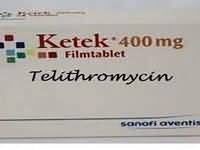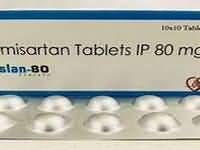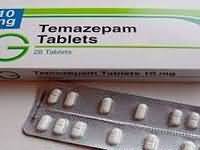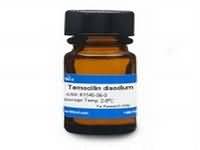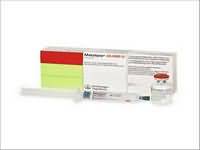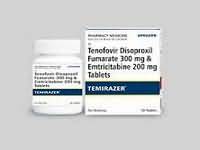isradipine

isradipine
CLINICAL USE
Calcium-channel blocker:Essential hypertension
DOSE IN NORMAL RENAL FUNCTION
Initially 2.5 mg twice daily, increased if necessary to 10 mg twice daily
PHARMACOKINETICS
Molecular weight :371.4 %Protein binding :95 %Excreted unchanged in urine : 0 Volume of distribution (L/kg) :3–4half-life – normal/ESRD (hrs) :4–8/10–11 DOSE IN RENAL IMPAIRMENT
GFR (mL/MIN)
20 to 50 : Dose as in normal renal function 10 to 20 : Dose as in normal renal function <10 : Dose as in normal renal function DOSE IN PATIENTS UNDERGOING RENAL REPLACEMENT THERAPIES
CAPD :Not dialysed. Dose as in normal renal function HD :Not dialysed. Dose as in normal renal functionHDF/high flux :Not dialysed. Dose as in normal renal functionCAV/VVHD :Not dialysed. Dose as in normal renal function IMPORTANT DRUG INTERACTIONS
Potentially hazardous interactions with other drugs Anaesthetics: enhanced hypotensive effect Antibacterials: metabolism accelerated by rifampicinAnti-epileptics: effect reduced by carbamazepine, barbiturates, phenytoin and primidone Antifungals: metabolism possibly inhibited by itraconazole and ketoconazoleAntihypertensives: enhanced hypotensive effect; increased risk of first dose hypotensive effect of post-synaptic alpha-blockersAntivirals: concentration possibly increased by ritonavir Grapefruit juice: concentration increased – avoid concomitant useTheophylline: possibly increased theophylline concentration ADMINISTRATION
Reconstition
– Route
Oral Rate of Administration
– Comments
– OTHER INFORMATION
In elderly patients, or where hepatic or renal function is impaired, initial dose should be 1.25 mg twice daily. Dose should be increased according to the requirements of the individual patient.
See how to identify renal failure stages according to GFR calculation
See how to diagnose irreversible renal disease
Home


